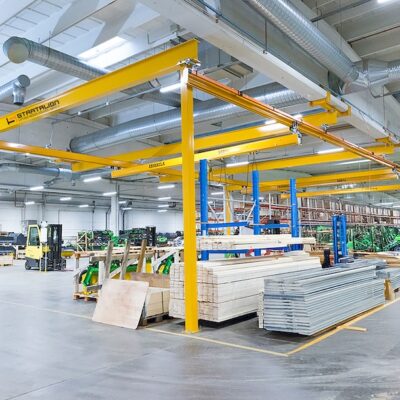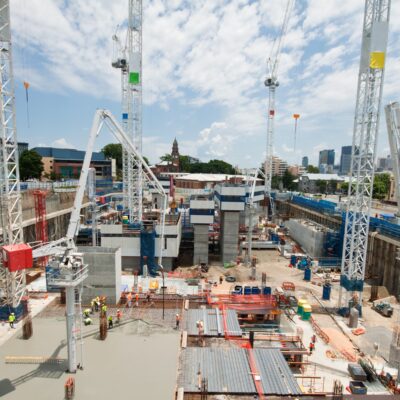Rise of the ‘Plug-and-Play’ workforce
With the borders shut tight, New Zealand is being pushed even further into a ‘seller’s market’ which means skilled workers can shop around for the best jobs, while employers hire on […]
With the borders shut tight, New Zealand is being pushed even further into a ‘seller’s market’ which means skilled workers can shop around for the best jobs, while employers hire on a more casual, needs basis.
Chief executive of recruitment and labour hire company ELE Group, Brent Mulholland, says that the present skills shortage in New Zealand – which will continue at least for the next couple of years due to the Covid-19 pandemic – has compelled both employers and employees to rethink how and when they need to work.
Labour services like ELE are experiencing very high demand, but there just aren’t the people, he says.
Companies and workers are now able to connect in new ways through what he calls “plug-and-play” casual work models that can efficiently parachute fresh staff into a company that needs to complete a project or temporarily scale-up to meet demand. Equally they can scale down just as quickly when (and reduce costs), for example, when New Zealand goes into lockdown.
“The Covid-19 lockdowns made people question if they really need to be flogging themselves six days a week.
“Of course, certain jobs need to be done at certain times, but with 24 hours each day and seven days each week, the ‘plug and play’ approach allows employers to restructure their staffing patterns, to allow more flexibility for people and even to mitigate risk,” Mulholland says.
A plug-and-play hiring approach allows a business to take on people when it needs, rather than permanently employing staff during the downtime.
Ultimately, the days of employers turning off the tap for temporary workers has probably passed, he said. The best strategy for most companies in 2021 is to consider how to upgrade their retention strategies and also engage with firms that supply a casual workforce for longer periods of time.
“If I had 500 spare skilled workers today, across construction, civil and transport, they would be working tomorrow. That just shows you how tight it is,” Mulholland adds.
Mulholland (pictured below) offers some lessons for how to think about the new employment environment.
- Realignment
Employers should learn how they might better accommodate their current workforce, while also making it attractive for workers outside the business to join.
“Retention has to be a big focus along with knowing what’s truly important for the employees. This will help the company align with the needs of workers,” Mulholland says.
In this new employment climate, some workers will want to work long hours at some times and shorter hours other times – it’s all flexibility. Companies should be looking for innovative ways to “work within their staff’s changing needs,” he says.
- Partnership mindset
The short nature of casual work can lead to shallow working relationships because it is hard to build rapport when both the employee and employer know the project is temporary.
Nevertheless, Mulholland says an important discipline for employers is to think of all their staff – including casual hires – as valued partners helping to build the success of the company.
“It is important to work together to achieve a mutually beneficial outcome for all sides. Really look inside your business and see what you can do better in terms of flexibility and get ahead of that.”
- Boundaries
Mulholland says the companies that will gain an edge in this new environment are those that figure out how to partner with casual workers effectively. But that doesn’t mean a company must lower its standards or change its business philosophy, in fact, just the opposite.”
For more information, visit: https://ele.nz/






